March 3rd 2018
The ANGACOM highlight from KWS-Electronic: DOCSIS 3.1
Constantly growing bandwidth requirements mean that ISPs must constantly provide higher data rates. Online gaming, full-HD and UHD content streaming, video calling and the migration of television consumers away from linear television and to streaming portals such as Amazon Prime or Netflix are just some of the reasons for the population’s hunger for bandwidth. Efficient, broadband Internet connections are becoming increasingly important in business applications as well, and today they are an important location advantage similar to good transport connections.
When providing broadband services over the coaxial or hybrid-optical-coaxial television network, therefore, the logical consequence is DOCSIS 3.1, which is to secure the fundamentals of ultra-broadband coverage over the television cable for the next few years.
With this standard, the modulation type OFDM is used for the first time ever in the cable. What has been standard in other areas for many years (e. g. WiFi, DAB, DVB-T and -T2, LTE) is something fundamentally new for the cable technician.
Also new are the huge bandwidths, which are occupied by the DOCSIS 3.1 signals: A downstream channel can have up to 192 MHz, an upstream channel up to 96 MHz bandwidth! 4,096-QAM with the optional expandability up to 16,384-QAM, data transfer on up to 7,600 subcarriers, a frequency range up to 1,214 MHz with the option up to 1,794 MHz and a new forward error correction (LDPC-BCH) are just a few of the more than impressive parameters of the DOCSIS 3.1 downstream. The upstream is no less innovative. For these reasons, KWS-Electronic will also provide in-depth training and seminars on the new technology.
DOCSIS 3.1 measurements can be carried out—as already known from the previous standards—with the VAROS 107 and AMA 310 devices in the future
For the communication with the CMTS, both devices will have an optional DOCSIS 3.1 modem integrated. This modem supports OFDM in upstream and downstream, where it can bond two OFDM channels each. In addition and for reasons of backwards compatibility, DOCSIS 3.0 is supported with 32 × 8 bonding (i. e. bonding of up to 32 downstream and 8 upstream channels). The modem provides all the important measurement and system parameters of the new, ultra-wide OFDM channels.
Additionally and not without pride we present a real-time OFDM downstream receiver
…for the AMA 310 at the ANGA—the most elaborate and complicated individual development in our corporate history! The unrivaled measurement performance for our price and device class makes it possible to detect and name the cause of many sources of error. Where a single MER or BER value or a packet or code-word-error-counter can no longer help, the technician can safely name and distinguish even more complex error patterns (examples: wideband noise, narrow band interferers, phase noise, HUM, clipping of amplifiers or lasers, etc.).
This is made possible by many measurements such as constellation diagram, impulse response (echo), MER as a function of frequency, a level measurement of the entire channel as well as sub-channels with 8 MHz bandwidth or the determination of the channel frequency response in real time.
Centerpieces of the measurement hardware are a newly developed tuner with 200 MHz bandwidth, a fast AD converter and a large FPGA with integrated processor.
Exemplary for the many different measurements are the following screenshots:
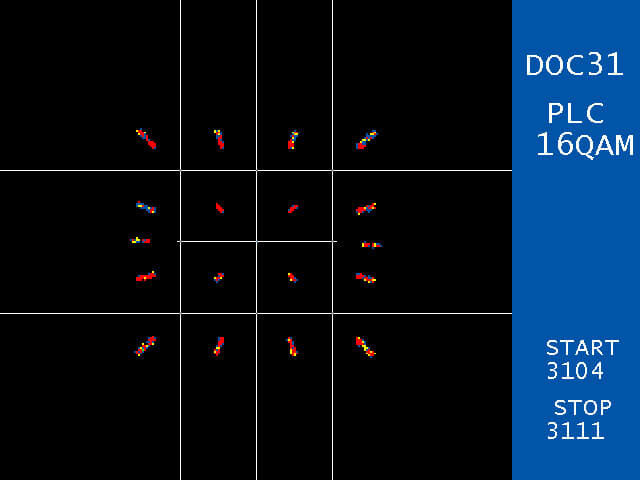
Real-time constellation of PLC with superimposed HUM modulation.
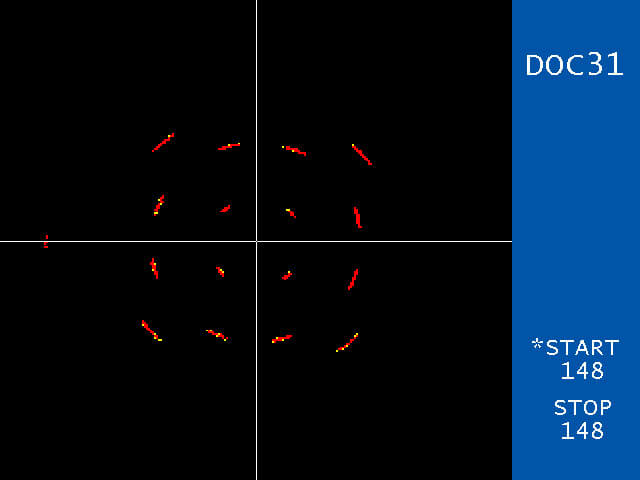
Real-time constellation of lowest subcarrier with phase noise.
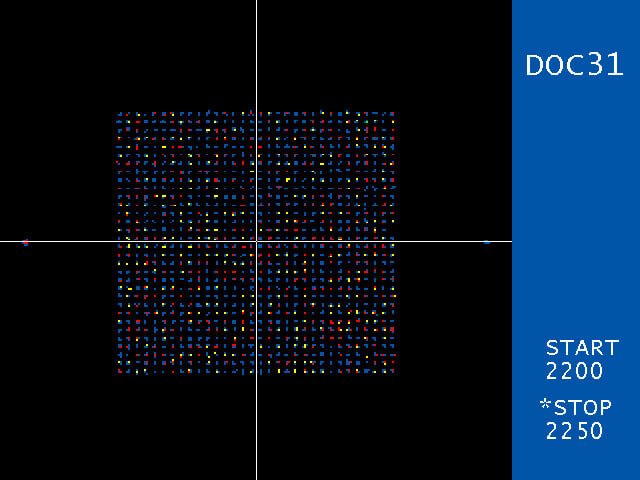
Real-time constellation of a group of data carriers (1,024-QAM) and pilots (BPSK).
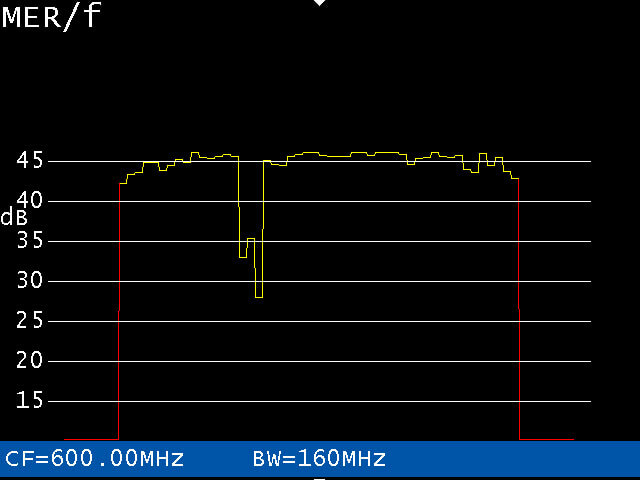
Real-time MER(f) with narrowband analog interferer (ATV).
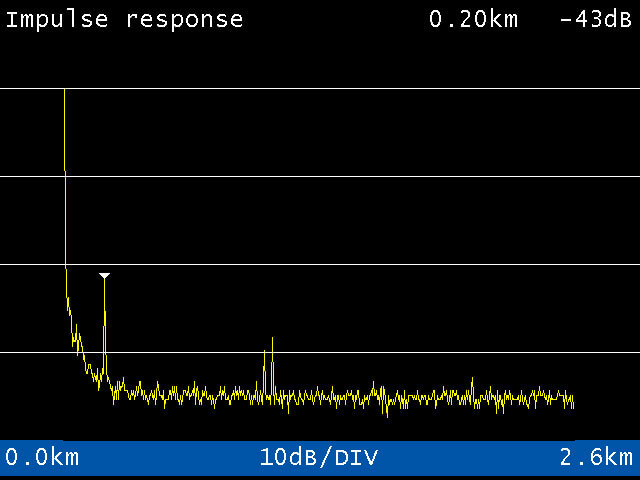
Real-time impulse response/echo measurement.
Our news at one glance:
As usual with KWS, all new options will be retrofittable in existing devices!
We are happy to show you our news live. We look forward to your visit to this year’s ANGACOM show in Cologne, please find us as last year in hall 8 on booth P8.